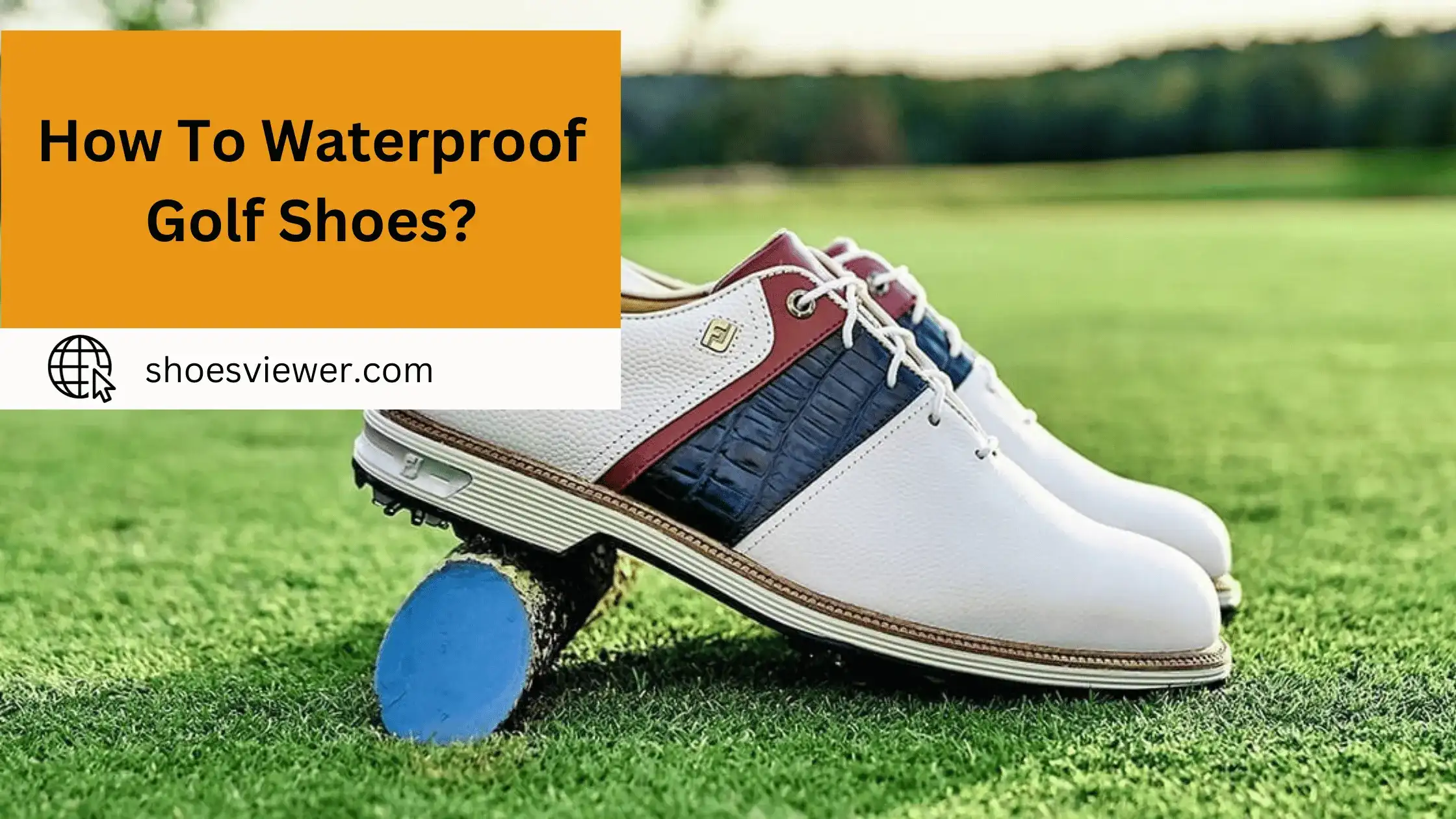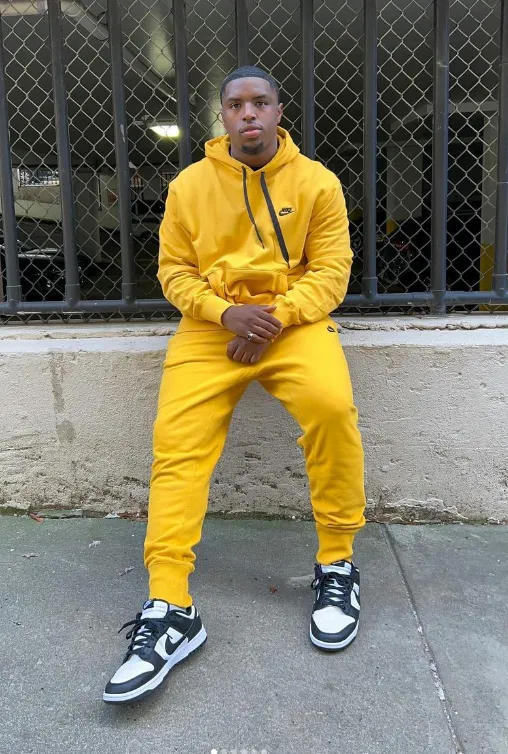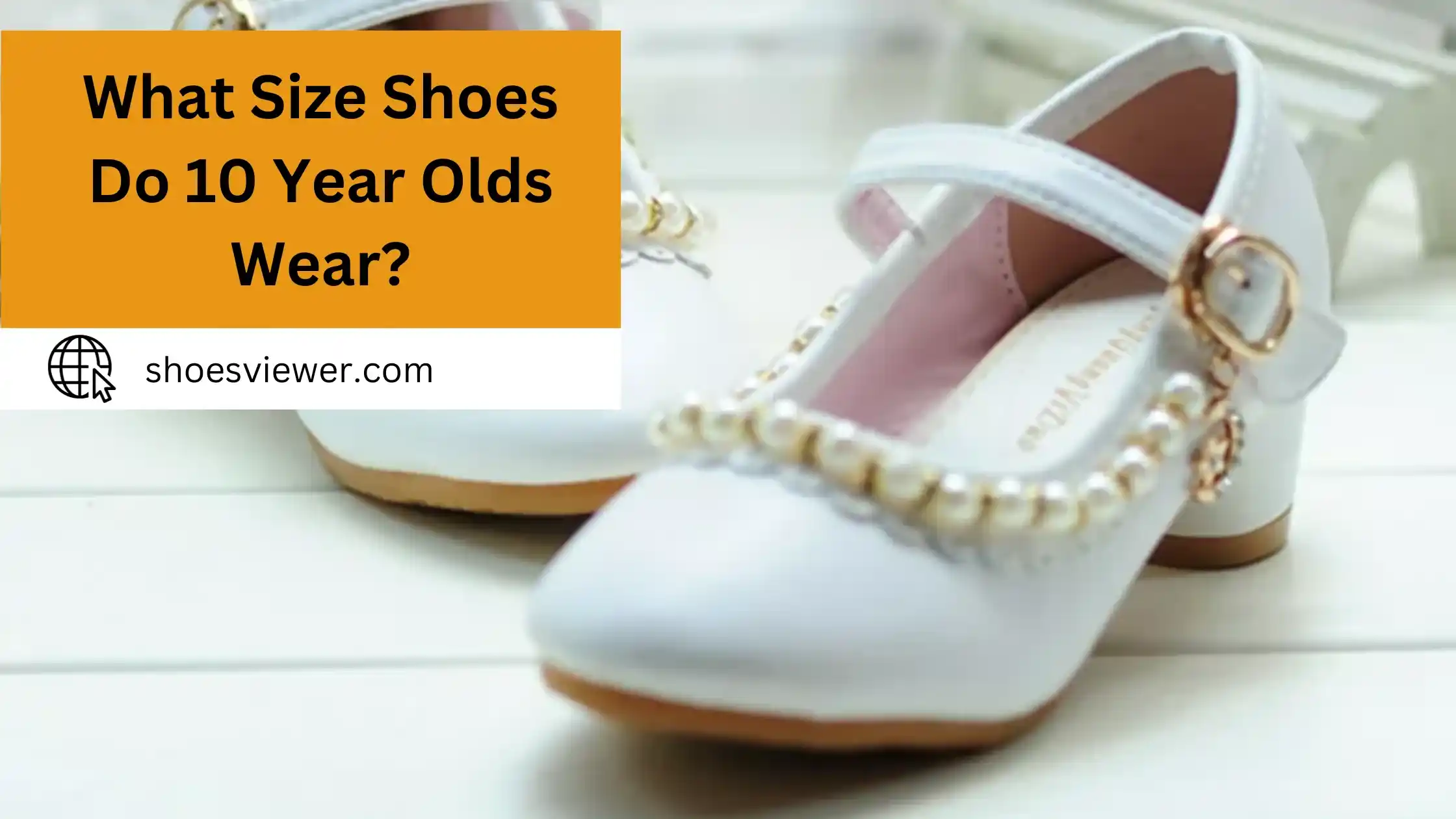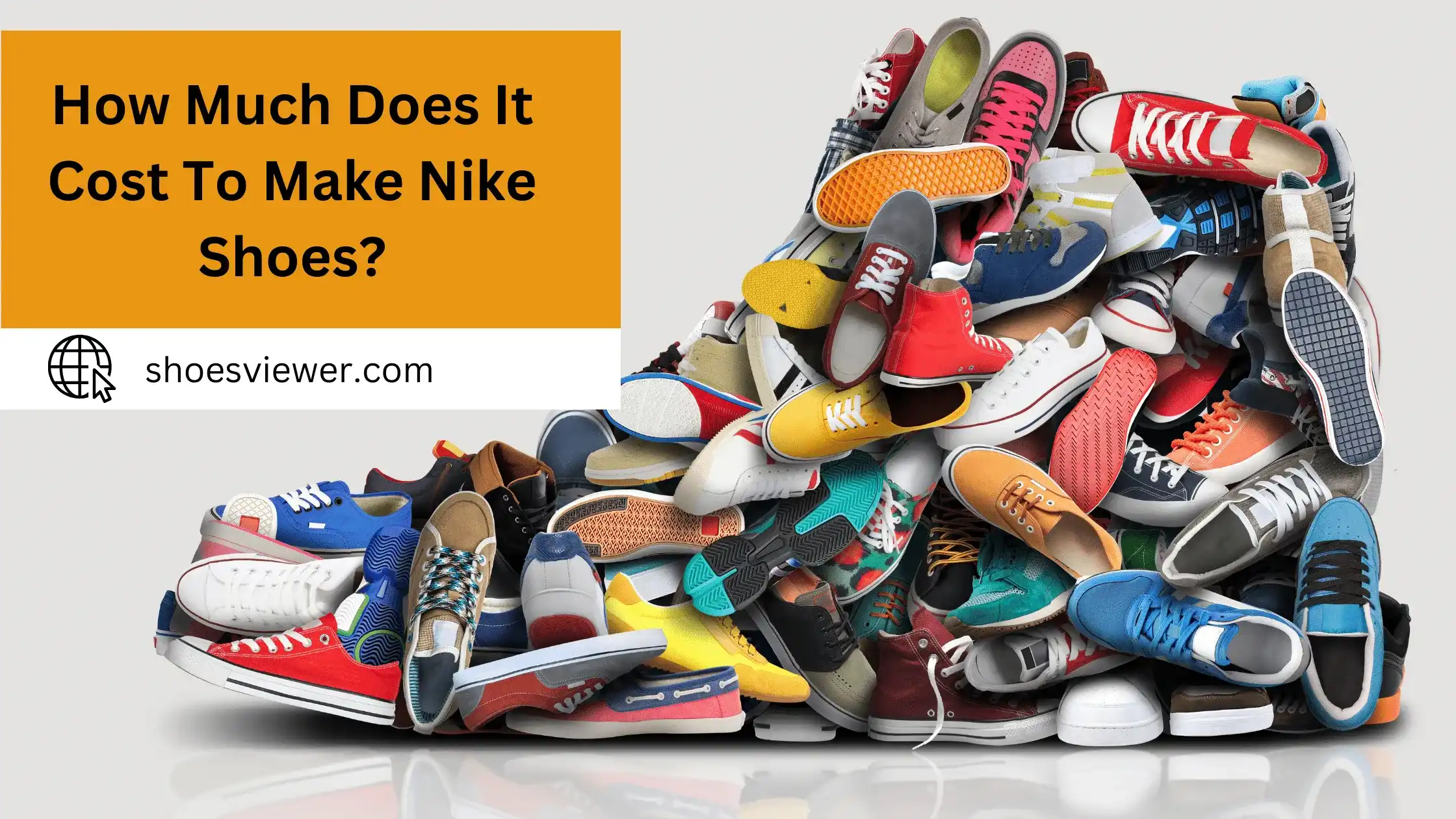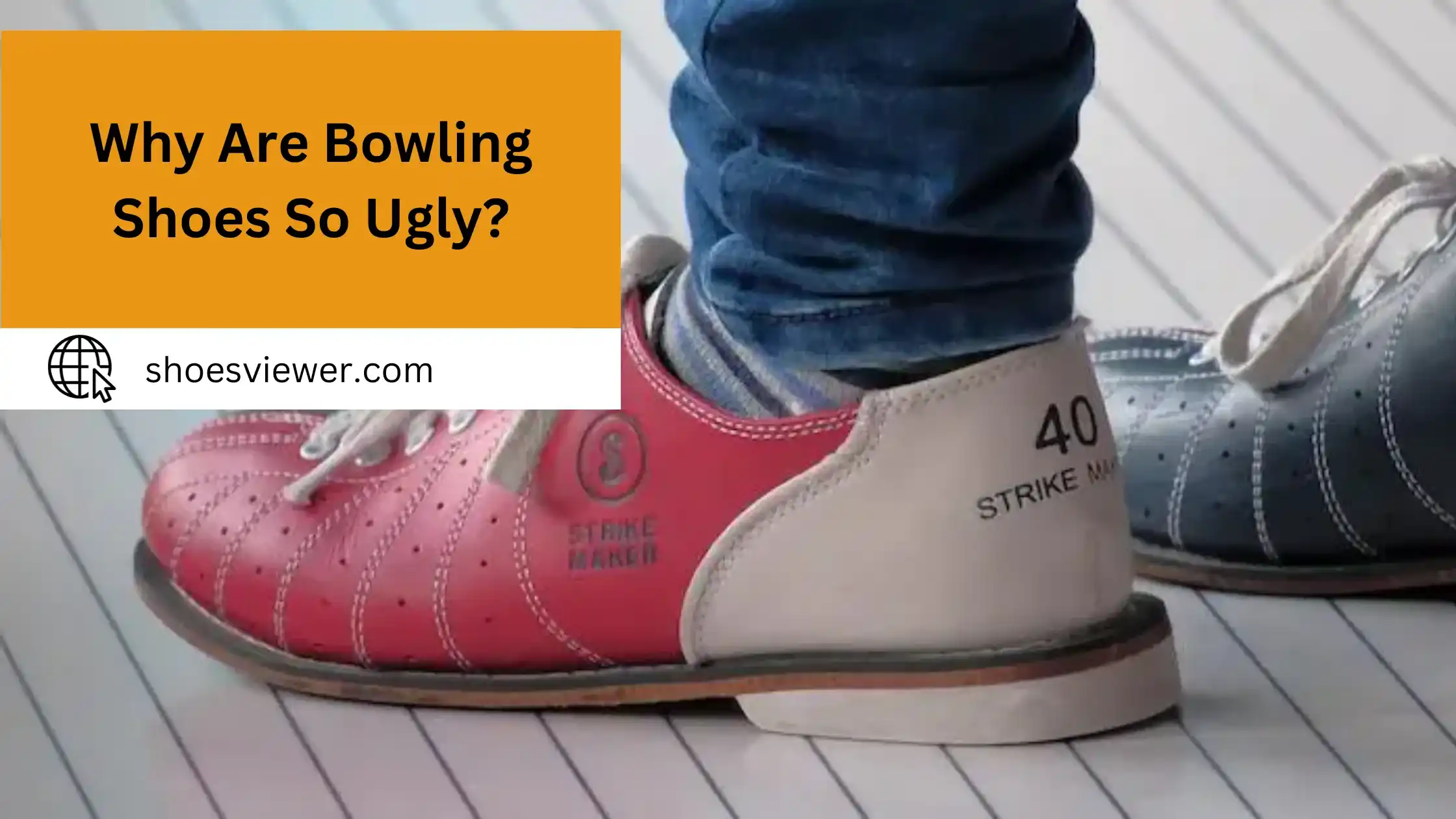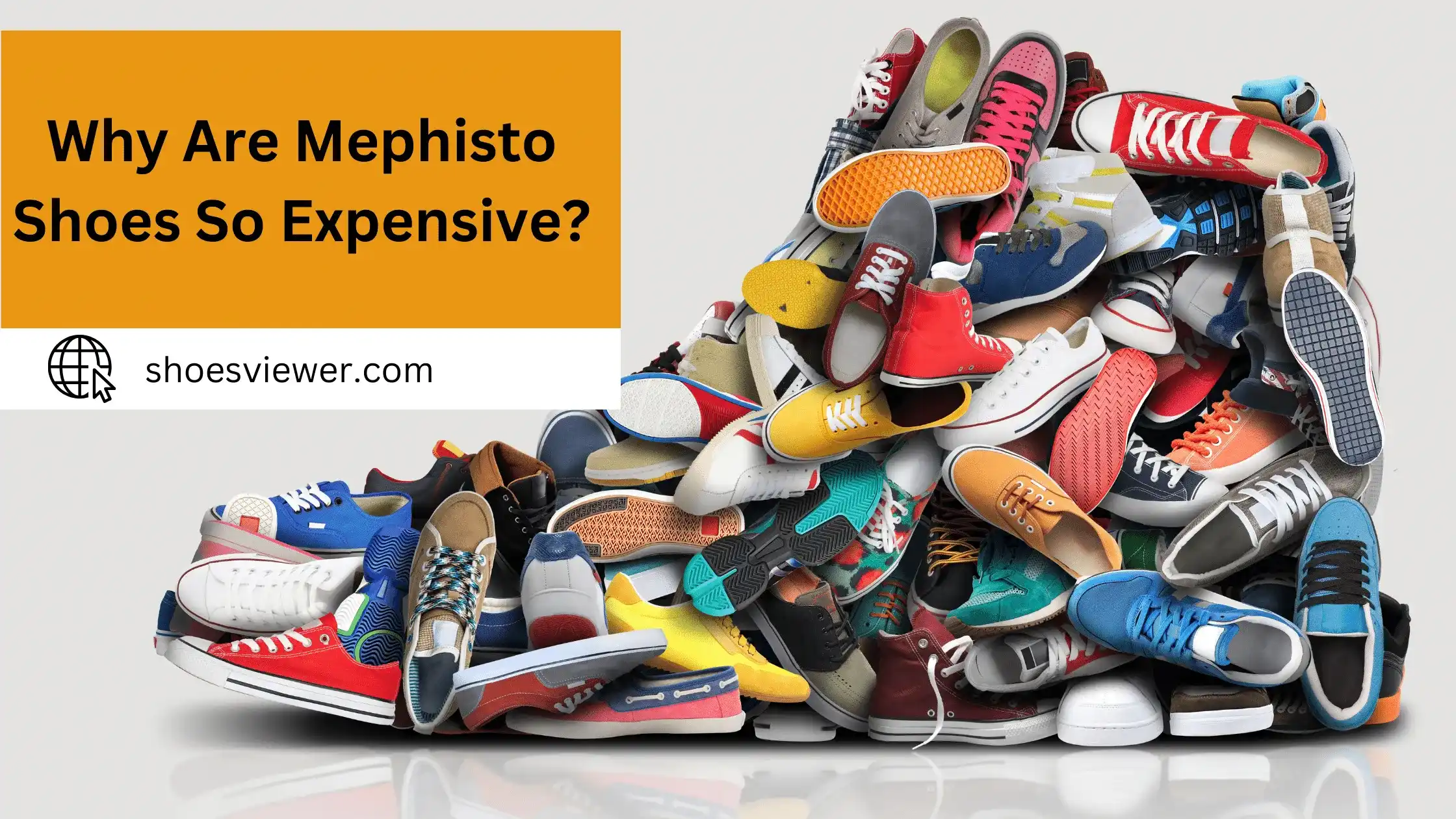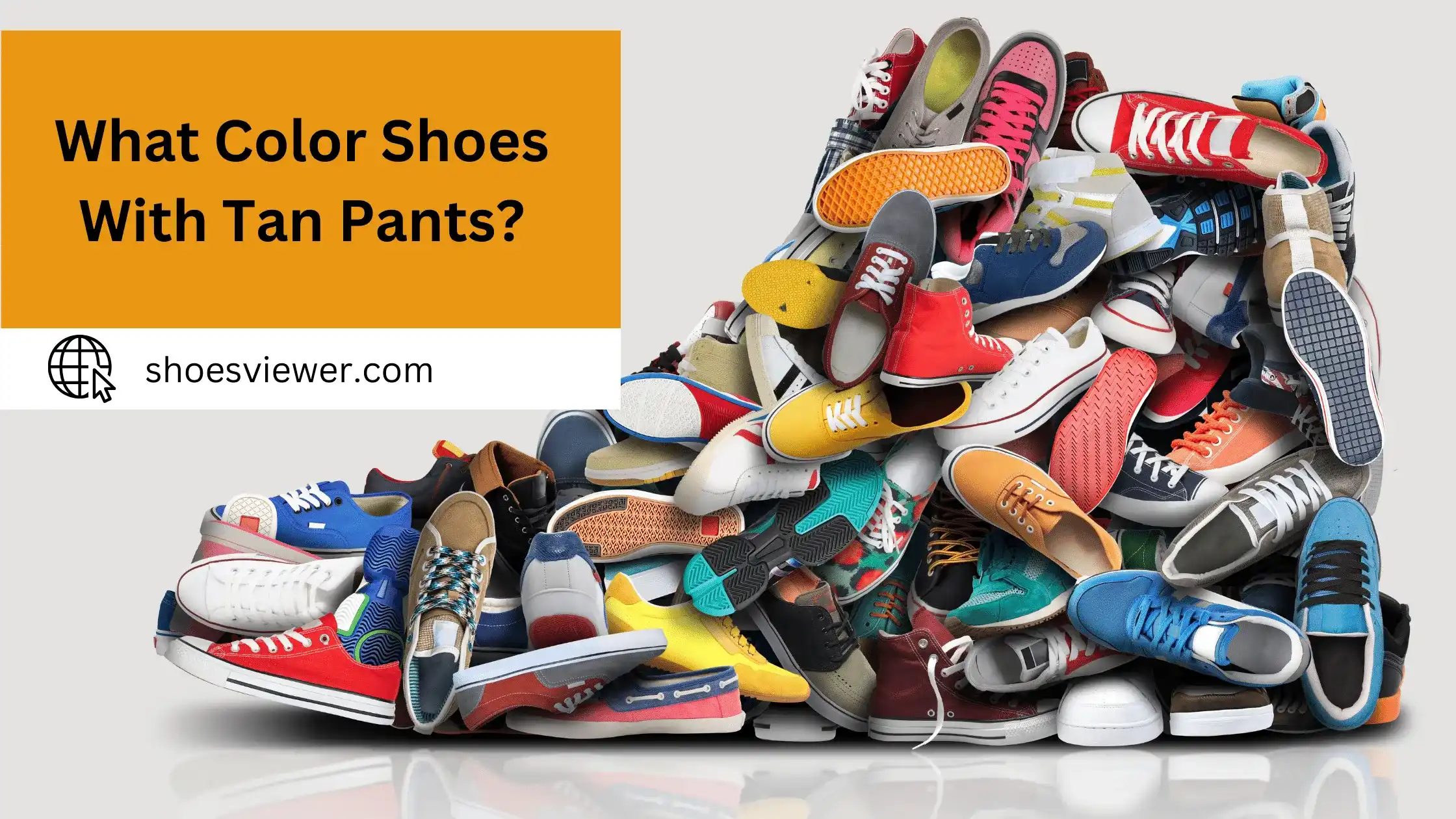The right pair of golf shoes can be a valuable asset to any golfer, both on and off the course. Understanding how to protect your shoes from water damage is essential to ensure maximum comfort and lasting performance during each round.
Here, we’ll cover everything you need to know about effectively waterproofing your golf shoes, from choosing the proper treatment methods and products to troubleshooting common problems. So, if you want your trusty golf kicks ready the next time you step onto that green, let’s get started!
Materials:
- Mild soap or detergent
- Soft brush or cloth
- Warm water
- Waterproofing spray or wax suitable for the shoe material (e.g., leather, synthetic)
- Soft cloth or sponge
- Newspaper (optional)
Steps:
Here are the following steps that we will follow to waterproof our golf shoes:
Clean Your Shoes:
- Remove loose dirt or debris from the shoe surface using a soft brush or cloth.
- Mix a small amount of mild soap or detergent with warm water.
- Dip the brush or cloth into the soapy solution and gently scrub the entire shoe, focusing on areas with stains or stubborn dirt.
- Wipe away the soap with a cloth dipped in clean water. Ensure all soap residue is removed.
- Allow the shoes to air dry completely. Do not place them near direct heat or sunlight, as it can damage the shoe material.
Check Shoe Material:
Determine the material of your Golf Shoes (leather, synthetic, etc.). This is crucial as different materials require different waterproofing agents.
Apply The Waterproofing Agent:
For Spray:
- Ensure you’re in a well-ventilated area.
- Hold the spray about 6-12 inches from the shoe.
- Spray evenly, covering the entire surface of the shoe.
- Let the shoes dry for the time specified on the product label.
For Wax Or Paste:
- Using a soft cloth or sponge, apply a small amount of the product onto the shoe surface.
- Rub it using circular motions, ensuring the entire shoe is covered.
- Allow it to dry as per the product’s instructions. Some waxes need to be buffed after drying.
Optional Drying Boost:
If you want to ensure the shoes maintain shape while drying, stuff them with newspaper. This also helps in absorbing any excess moisture.
Repeat As Necessary:
Over time and with wear, the waterproofing will wear off. Check the effectiveness periodically by dropping a small amount of water on the shoe. If it doesn’t bead up and rolls off, it’s time to reapply the waterproofing agent.
Clean and reapply the waterproofing agent as per the steps above every few months or as needed, depending on your frequency of use and exposure to wet conditions.
Choosing The Right Product - An Overview of Waterproofing Sprays And Waxes:
It is essential to choose the right products, and they are discussed below:
Waterproofing Sprays:
Here are some benefits as well as drawbacks of waterproofing sprays:
Benefits:
Ease of Application:
Simply spray evenly over the surface.
Quick-Drying:
Most sprays dry relatively quickly.
Versatility:
Suitable for various materials, including leather, suede, and synthetics.
Drawbacks:
Durability:
It may not last as long as waxes or pastes.
Consistency:
Some sprays may leave a residue or uneven coating.
Best For:
People who want a quick and easy application and those who own multiple shoe materials.
Waterproofing Waxes:
Here are some benefits as well as drawbacks of waterproofing waxes:
Benefits:
Long-Lasting:
Generally, it lasts longer than sprays.
Deep Protection:
Tends to penetrate the material deeper, offering robust waterproofing.
Natural Look:
Leaves a matte finish, maintaining the shoe’s natural appearance.
Drawbacks:
Application Time:
It takes longer to apply compared to sprays.
Potential for Over-application:
Can cause discoloration or change the texture if used excessively.
Best For:
Leather shoes or those wanting a more lasting solution.
Maintenance - Keeping Your Waterproof Golf Shoes in Top Condition:
One of the most essential steps in waterproofing your golf shoes is keeping them clean.
Regular Cleaning:
- After each round, brush off any dirt or debris.
- Occasionally, give them a deeper clean with mild soap and water, then let them air dry.
Storage:
- Store in a cool, dry place.
- Avoid direct sunlight or heat sources, which can degrade waterproofing treatments and the shoe material.
- Use a shoe tree or stuff with newspaper to maintain their shape.
Periodic Waterproofing Checks:
Test the waterproofing effectiveness now and then. If water no longer beads up, it’s time to reapply.
Avoid Excessive Wet Conditions:
Even with waterproofing, it’s advisable not to expose shoes to excessive water continually. If they get soaked, dry them properly before storing them.
Rotate Your Shoes:
Rotate between two or more pairs, allowing each pair adequate time to breathe and dry out between rounds.
Inspect For Wear And Tear:
Regularly inspect your shoes for signs of wear and tear. Address issues promptly to extend their lifespan.
Expert Tips - Do’s And Don’ts In Waterproofing Golf Shoes:
Waterproofing golf shoes can seem straightforward, but there are best practices and common mistakes to avoid. Here are some expert-recommended do’s and don’ts:
Do’s:
- Before fully applying any product, always test it on a small, inconspicuous shoe area to ensure no adverse reaction or discoloration.
- Different products have varying application methods and drying times. Adhering to the product-specific guidelines will yield the best results.
- Dirt and debris can prevent the waterproofing agent from properly adhering. A clean surface ensures the most effective application.
- Some waterproofing agents emit strong fumes. It’s essential to work in an open or well-ventilated space for safety.
- Let the product dry completely before wearing or exposing the shoes to moisture. Rushing this process can reduce the efficacy of the waterproofing.
- Waterproofing is a task that takes time to complete. Depending on usage and exposure to the elements, reapplication is crucial to maintain the shoe’s water-resistant properties.
Don’ts:
- Different shoe materials (like leather, suede, or synthetic) might require specific products. Always ensure the waterproofing agent is suitable for your shoe type.
- More isn’t always better. Overapplication can lead to residue build-up, discoloration, or a change in the shoe’s texture.
- Oil-based products can degrade synthetic materials over time. Always check product compatibility.
- After applying the waterproofing agent, don’t try to speed up the drying process with direct heat sources like hairdryers or heaters. This can weaken the shoe’s structure and the efficacy of the waterproofing.
- Areas like the toe box and heel, which experience more wear, might require more frequent reapplication.
By following these expert tips, you’ll be well on your way to effectively waterproofing your golf shoes and ensuring they remain in top-notch condition for as long as possible.
Product Recommendations- Best Waterproofing Products for Golf Shoes:
Here are some of the best waterproofing products popularly used for golf shoes. Remember, the best product often depends on the specific material of your golf shoes, so always check compatibility.
Nikwax Nubuck & Suede Proof™ Waterproofing:
Best for:
Nubuck and suede golf shoes.
Features:
This is a water-based product that adds water repellency without compromising the texture or appearance of the shoe.
Kiwi Camp Dry Heavy-Duty Water Repellent:
Best for:
Various materials, including leather.
Features:
Kiwi is a well-known brand in shoe care. This silicone-based spray provides a durable, breathable layer of protection against moisture.
Sof Sole Waterproofer Spray:
Best for:
Suitable for all types of shoes and materials.
Features:
It offers protection against water and stains, and it’s designed to maintain breathability in shoes.
Tarrago Hightech Nano Protector Spray:
Best for:
Leather, suede, nubuck, and textiles.
Features:
Uses nanotechnology to provide an effective barrier against water and stains. The nanotech approach ensures that materials remain breathable.
Obenauf’s LP Boot Preservative:
Best for:
Leather golf shoes.
Features:
This product isn’t just a waterproofing agent and preserves and strengthens leather. It’s made from natural oils and beeswax, providing a deep conditioning treatment.
Bickmore Gard-More Water & Stain Repellent:
Best for:
Suede, leather, nubuck, and fabrics.
Features:
Apart from waterproofing, it also protects against stains, making it ideal for dual protection.
Conclusion:
Waterproofing your golf shoes is an excellent and economical way to keep them dry when going out and playing a round of the sport. Whether you use a specialized product like a sealer or spray or something more organic, it’s important to remember to give your shoes some extra TLC so that they can continue to provide you the support and functionality that you need when traversing the links. Now that you know what is necessary to keep your golf shoes safe from water damage, go out there and hit those balls. It’s time to take flight!
